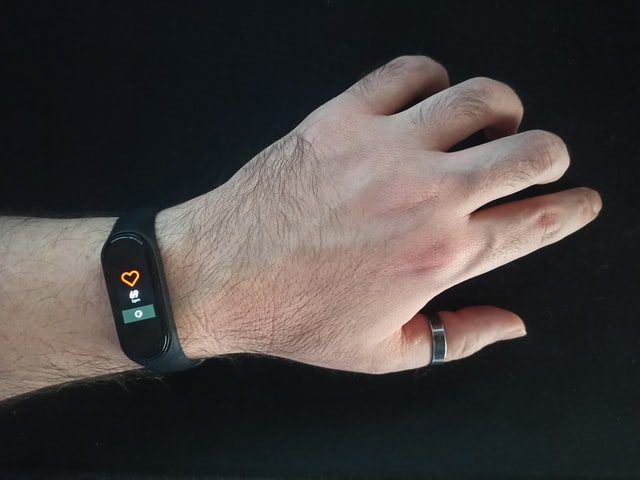Overview Of Paroxysmal Supraventricular Tachycardia (PSVT)
Paroxysmal Supraventricular Tachycardia (PSVT) is episodes of rapid heart rate that start in a part of the heart above the ventricles. “Paroxysmal” means from time to time.
Commonly Associated With
Supraventricular tachycardia; Abnormal heart rhythm – PSVT; Arrhythmia – PSVT; Rapid heart rate – PSVT; Fast heart rate – PSVT
Causes Of Paroxysmal Supraventricular Tachycardia (PSVT)
Normally, the chambers of the heart (atria and ventricles) contract in a coordinated manner.
The contractions are caused by an electrical signal that begins in an area of the heart called the sinoatrial node (also called the sinus node or SA node).
The signal moves through the upper heart chambers (the atria) and tells the atria to contract.
After this, the signal moves down in the heart and tells the lower chambers (the ventricles) to contract.
The rapid heart rate from PSVT may start with events that occur in areas of the heart above the lower chambers (ventricles).
There are a number of specific causes of PSVT. It can develop when doses of the heart medicine, digitalis, are too high. It can also occur with a condition known as Wolff-Parkinson-White syndrome, which is most often seen in young people and infants.
The following increase your risk for PSVT:
- Alcohol use
- Caffeine use
- Illicit drug use
- Smoking
Symptoms Of Paroxysmal Supraventricular Tachycardia (PSVT)
Symptoms most often start and stop suddenly. They can last for a few minutes or several hours.
Symptoms may include:
- Anxiety
- Chest tightness
- Palpitations (a sensation of feeling the heartbeat), often with irregular or fast rate (racing)
- Rapid pulse
- Shortness of breath
Other symptoms that can occur with this condition include:
- Dizziness
- Fainting
Exams & Tests
A physical exam during a PSVT episode will show a rapid heart rate. It may also show forceful pulses in the neck.
The heart rate may be over 100, and even more than 250 beats per minute (bpm). In children, the heart rate tends to be very high. There may be signs of poor blood circulation such as lightheadedness. Between episodes of PSVT, the heart rate is normal (60 to 100 bpm).
An ECG during symptoms shows PSVT. An electrophysiology study (EPS) may be needed for an accurate diagnosis and to find the best treatment.
Because PSVT comes and goes, to diagnose it people may need to wear a 24-hour Holter monitor. For longer periods of time, another tape of the rhythm recording device may be used.
Treatment Of Paroxysmal Supraventricular Tachycardia (PSVT)
PSVT that occurs only once in a while may not need treatment if you don’t have symptoms or other heart problems.
You can try the following techniques to interrupt a fast heartbeat during an episode of PSVT:
- Valsalva maneuver. To do this, you hold your breath and strain, as if you were trying to have a bowel movement.
- Coughing while sitting with your upper body bent forward.
- Splashing ice water on your face
- You should avoid smoking, caffeine, alcohol, and illicit drugs.
Emergency treatment to slow the heartbeat back to normal may include:
- Electrical cardioversion, the use of electric shock
- Medicines through a vein
Long-term treatment for people who have repeat episodes of PSVT, or who also have heart disease, may include:
- Cardiac ablation, a procedure used to destroy small areas in your heart that may be causing the rapid heartbeat (currently the treatment of choice for most PSVTs)
- Daily medicines to prevent repeat episodes
- Pacemakers to override the fast heartbeat (on occasion may be used in children with PSVT who have not responded to any other treatment)
- Surgery to change the pathways in the heart that send electrical signals (this may be recommended in some cases for people who need other heart surgery)



